How to Prevent and Treat Bedsores? Discover the Best Bedsore Prevention Products
20th Nov 2025
Bedsores, also called pressure sores, form when the skin is pressed continuously for too long and blood cannot circulate well. They often happen to people who are bedridden, use wheelchairs, or cannot move easily due to any sort of illness, surgery, or aging. However, without good care, these sores get worse, hurt a lot, and can become infected over time.
Luckily, the good news is that most bedsores can be handled safely if you start early and follow the right steps. The following guide will show you how to prevent and treat bedsores with just simple daily care, proper bedding, and trusted pressure sore prevention tips. Also, you’ll discover useful bedsore prevention products that help protect the skin and give extra comfort to people healing at home or in long-term care.
What Are Bedsores? Why Do They Occur?
Bedsores happen when the skin gets hurt from staying in the same position for so long. This body pressure, along with rubbing or too much moisture, slowly damages the external skin barrier and the tissues underneath. People who are unable to move or change position by themselves are mostly at risk of this issue. Knowing why the bedsores start can make it really easier for caregivers to prevent them further and avoid any serious skin problems.
What Causes Bedsores?
Typically, bedsores develop when the skin does not get enough blood for a long period. Some common causes include:
- Prolonged pressure from lying or sitting in one area without any movement.
- Friction from any rough bedding or clothes that rub the delicate skin.
- From the shear that happens if the skin pulls or slides during repositioning.
- Moisture buildup from sweat softens the skin.
- Poor airflow from thick or non-breathable bedding.
- Any nutritional deficiencies that make the skin weaker and prone to damage.
These problems together make the skin break down faster, especially in people who cannot move on their own. Understanding what causes bedsores is an important step in bedsore prevention and helps caregivers follow pressure sore prevention tips and better learn how to prevent and treat bedsores safely.
Common Areas Affected
Bedsores usually show up on parts of the body where the bones press close to the skin. These spots handle the most pressure when someone lies or sits for a long time.
The most at-risk areas for bedsores include places like:
- Tailbone (coccyx)
- Heels
- Elbows
- Hips
- Shoulders and shoulder blades
- Ankles
- Back of the head
Regular inspection of these points helps to detect problems early. Also, delivering extra care to such areas prevents skin breakdown, primarily in immobile patients.
Early Warning Signs of Bedsores

Before a bedsore gets worse, the skin shows small signs of early pressure sores that are not so prominent yet present. Catching these signs early can help stop deeper wounds and make skin healing faster. Caregivers, especially, should look closely at the patient's skin regularly and check for any warning signs during normal care routines.
Stages of Pressure Ulcers (Simple Breakdown)
Understanding the stages of bedsores helps you know the right care to give and how to prevent and treat bedsores early on safely.
- Stage 1
Skin looks red, warm, and discolored. In addition, it may feel sore or firm.
- Stage 2
In the second stage, small blisters or shallow open spots appear, sometimes with clear fluid.
- Stage 3
Thirdly, the wound becomes deeper and reaches the fat layer.
- Stage 4
Lastly, a very deep wound that may reach muscle or bone.
Early stages can improve with quick repositioning and soft cushioning, while later stages need proper medical care.
When to Take Action Immediately?
Seeking medical help is important if you see any of these factors or issues:
- Signs of infection (pus, fever, strong odour)
- Worsening pain
- Rapid discoloration
- Blackened or dead tissue
However, the timely treatment can prevent any further complications.
How to Prevent Bedsores (Complete Prevention Guide)
Preventing bedsores is always easier than treating them. People who stay in bed for long periods, recover from surgery, or have long-term health issues depend on their caregivers to protect their skin from damage.
Good prevention focuses on regular movement, pressure relief, moisture control, and choosing the right bedding. When these bedsore prevention steps are done every day, the risk of pressure ulcers drops sharply, and the skin stays safer and healthier for a prolonged period.
Regular Repositioning Routine
Repositioning is the foundation of bedsore prevention. Staying in one position for too long reduces blood flow and can damage the skin. Thus, changing positions restores circulation and protects pressure points, which is a key part of how to prevent and treat bedsores.
Some most helpful repositioning practices include:
- Turning or repositioning bedridden patients every 2 hours, day and night.
- Use weight-shifting movements every 15–30 minutes for wheelchair users.
- Using supportive devices like bedsore pillows, wedges, or padded bolsters to keep positions stable.
- Always lift or slide gently, but do not drag the skin.
- Keep a chart to track repositioning.
All of these habits protect vulnerable areas like heels, elbows, hips, and the tailbone throughout the day.
Choose the Right Bedding and Support Surfaces for Pressure Injuries
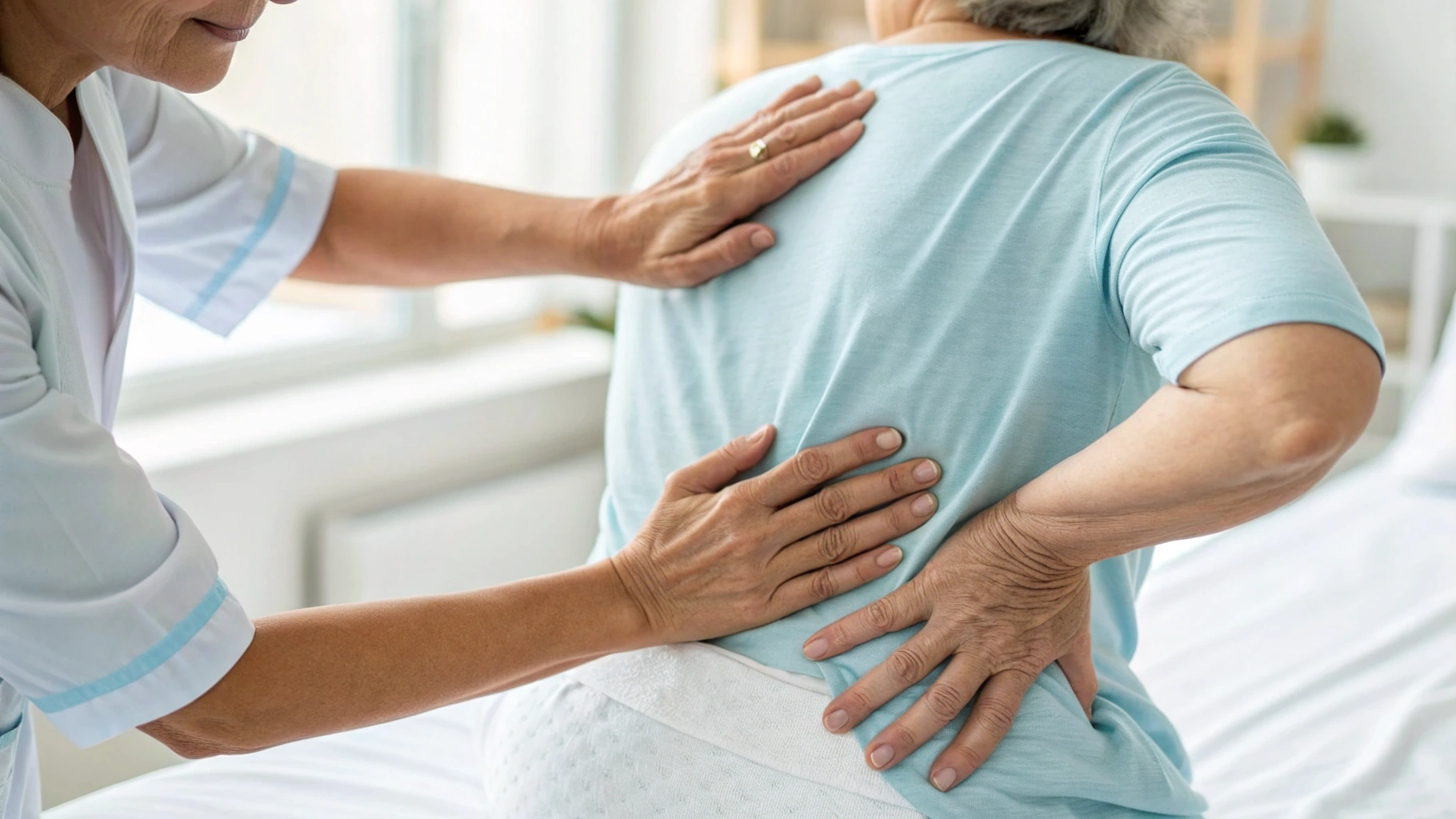
The type of surface a patient rests on also matters a lot for bedsore prevention. Hard, synthetic, or non-breathable bedding can trap heat and moisture, creating friction that increases bedsore risk. On the other hand, soft, breathable, and pressure-relieving surfaces are a vital part of learning how to prevent and treat bedsores. Moreover, such surfaces protect the patient's skin and keep it healthy.
Some of the best support surfaces include:
- 1 medical sheepskin overlays that offer great airflow, temperature balance, and friction reduction.
- Pressure care bedding solutions that spread weight evenly.
- Pressure relief cushions and pads for bony areas like heels, elbows, and tailbone.
- Wool-based overlays that let air circulate better than foam or synthetic options.
- Surfaces that adapt to the body for natural cushioning and comfort.
The medical-grade sheepskin overlay for bedsores is especially useful because natural wool fibres are springy, breathable, and lanolin-rich. It greatly reduces friction and shear, which are the main causes of bedsores.
Explore recommended bedsore prevention product here.
Reduce Moisture and Maintain Skin Hygiene
Moisture can make the outer layer of your skin weak and more likely to develop bedsores. Additionally, sweat, incontinence, or not drying the skin properly can also cause irritation or infection.
Here are some simple moisture management tips for bedridden patients:
- Change bed linens often and keep the bed dry.
- Clean skin quickly after accidents with gentle, pH-balanced cleansers.
- Pat the skin dry instead of rubbing.
- Apply barrier creams to protect from too much moisture.
- Avoid thick creams that trap heat.
- Use breathable bedding to prevent heat and moisture buildup.
Hence, keeping the skin clean and dry is a very important factor in determining how to prevent and treat bedsores. Dry, clean surface stops bacteria from growing and helps the skin stay strong and healthy.
Improve Nutrition and Hydration
Undoubtedly, healthy skin needs good food and enough water to stay strong. Proper nutrition supports how to prevent and treat bedsores. Also, it helps stop the tissue from breaking down.
Key pressure sore prevention and bedsore dressing, and hygiene tips include the following:
- Adequate protein to help repair skin tissue.
- Include vitamin C and zinc to heal wounds.
- Hydration to keep skin soft and elastic.
- Give small, frequent meals if appetite is low.
- Ask a nutritionist for advice if illness affects eating.
Use Protective Positioning Aids
To lower pressure risks and help prevent bedsores, caregivers can use simple supportive tools:
- Heel lifts to take pressure off heels.
- Foam wedges to keep patients comfortable on their sides.
- Heel and elbow protectors, including soft bedsore pillows or sheepskin versions.
- Gentler lumbar rolls to reduce lower-back pressure.
These all help spread weight evenly and protect fragile skin, supporting overall bedsore prevention.
How to Treat Bed Sores Safely at Home?
Even though preventing bedsores is ideal, early-stage bedsores can be treated at home safely. Care includes gently cleaning the sore, keeping pressure off the area, and using proper bedsore treatment steps to help learn how to heal pressure ulcers faster:
Clean the Wound Gently
Safe cleaning routines for bedsores include:
- Washing hands before and after touching the sore.
- Cleaning with saline solution or mild wound cleanser.
- Avoiding alcohol, hydrogen peroxide, or harsh chemicals.
- Gently patting the skin dry instead of rubbing.
These bedsores treatment steps protect sensitive tissue, reduce infection risk, and support how to prevent and treat bedsores and pressure ulcers effectively.
Protect the Skin with Dressings and Padding
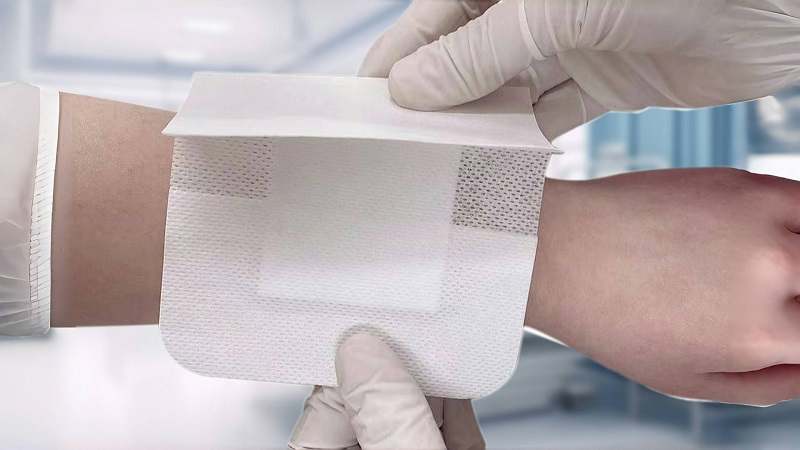
Credit: Yandex
You have to learn wound-cleaning basics for better care of at-home patients. In addition, using dressings can help keep the wound moist and safe from germs.
Padding options include:
- Light foam dressings
- Hydrocolloid dressings for shallow sores
- Bedsore cushioning products or overlays that reduce pressure
Indeed, protecting bedsore with good prevention products, like bedsore pillows covers, heel & elbow protectors, pressure relief cushions, and medical sheepskin for bedsores improves patients’ comfort.
Relieve Pressure from Affected Areas
Avoid lying on the sore. Reducing pressure or offloading is key to healing. Some most effective pressure sore prevention products include:
- Medical sheepskin for bedsores for friction and shear reduction
- Heel protectors and cushions for hips, elbows, and tailbone.
When to Contact a Healthcare Professional?
Call a professional if:
- The wound gets worse or does not heal
- Signs of infection appear
- The patient has a fever
- Stage 3–4 bedsores develop
- Pain becomes strong or unbearable
Best Bedsore Prevention Products for Home & Care Facilities
The right products for preventing bedsores can make a big difference in overall comfort and in protecting the skin. They help keep air flowing, reduce friction, cushion pressure points, and make it easier for caregivers to follow pressure sore prevention tips.
Below is a simple list of helpful products you should know if you want to learn how to prevent and treat bedsores:
Medical Sheepskin Overlays (AS4480.1 Certified)
Medical-grade sheepskin for bedsores is one of the best bedsores prevention products used. Also, certified AS4480.1 sheepskins are tested for:
- Wool Density
- Fibre Length
- Durability
- Pressure-Distribution Ability.
Some main benefits include:
- Superior cushioning for vulnerable areas
- Natural temperature control
- Moisture-wicking to reduce sweat and offer friction and shear management.
- Hypoallergenic fibres make it safe for sensitive patients and help support pressure sore prevention.
These overlays are useful for bedridden individuals or long-term care patients. View our best AS4480.1 medical sheepskin overlays available at our medical sheepskin bedsore prevention store.
Pressure Smart XD1900 Overlay
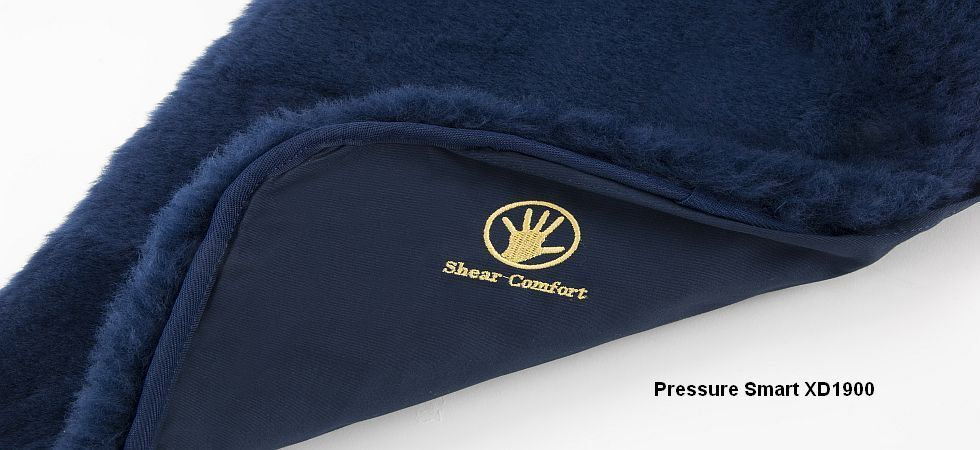
Soft, high-density knitted wool option, Pressure Smart XD1900 wool overlay plays a huge role in how to prevent and treat bedsores. It gives gentle cushioning and spreads pressure evenly.
Especially, it is useful for:
- People recovering at home
- Wheelchair users
- Care facilities that need affordable pressure care.
Main features include:
- Soft, comfy wool pile
- Machine washability
- Gentle airflow to reduce sweat
- Balanced padding for daily use.
This makes it a simple, practical, and budget-friendly alternative alongside medical sheepskin for bedsores, supporting better prevention and early care.
Hospital Nursing Fleece
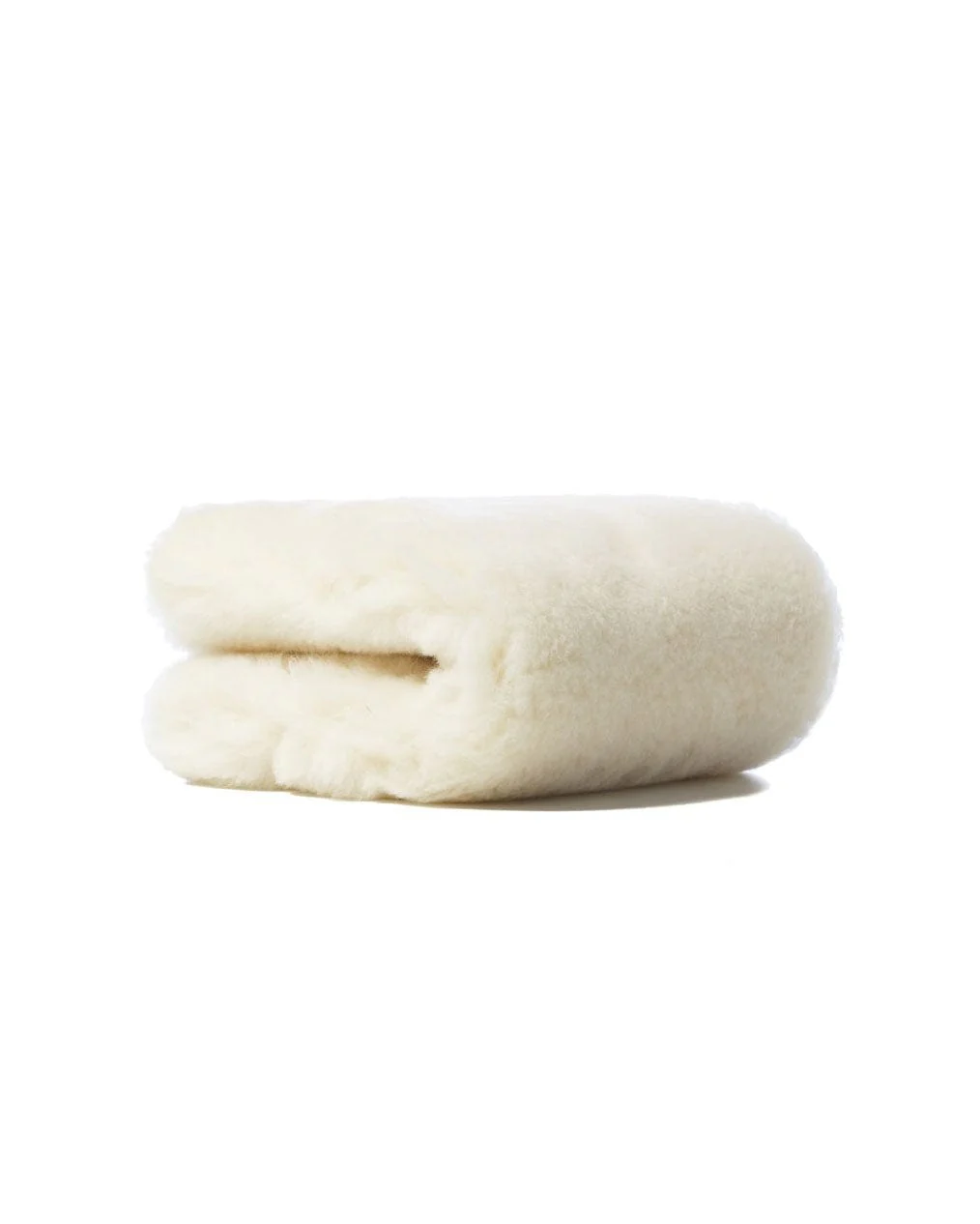
Hospital nursing fleece is often used in hospitals, care homes, and rehab centres. It provides:
- Soft, cushioned support
- Easy cleaning and quick drying
- Coverage for beds, chairs, and wheelchairs
- Gentle pressure relief for low-risk patients
It is ideal for places where the product is shared or used by multiple patients.
View our best hospital nursing fleece, which can help with how to prevent and treat bedsores.
Wheelchair & Bed Cushioning Products
Patients who sit for long periods in wheelchairs or recliners need special cushions to protect the skin. These products include:
- Wheelchair pressure care cushions
- Contoured pads that fit the body shape
- Cushions with breathable wool to keep the skin cool
- Support pads for recliners and bedside chairs
These wheelchair cushions help reduce pressure on the tailbone, hips, and thighs, keeping patients comfortable and lowering the risk of pressure sores.
Heel & Elbow Protectors
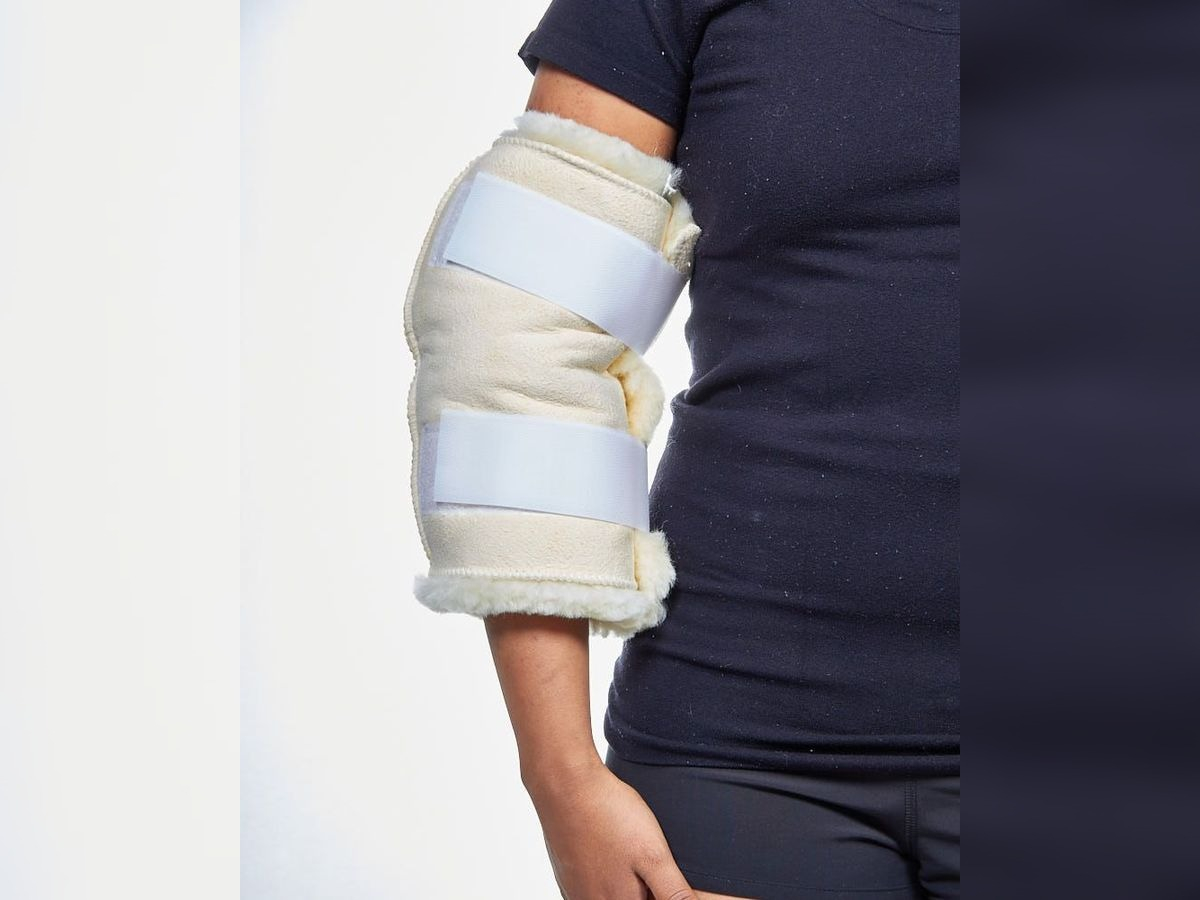
The skin on heels and elbows is thin and can break easily. Heel & elbow protectors help:
- Reduce rubbing and friction
- Cushion bony spots
- Let air flow to the skin
- Stop skin from rubbing against bedding
Also, these protectors are light, easy to put on, and can be used during the day and night.
Additional Helpful Accessories
To make patients more comfortable and safe, caregivers can use:
- Wool padding rolls for extra support
- Moisture-wicking underlays to keep skin dry
- Turning straps or tools to help reposition safely
- Breathable mattress toppers for better airflow
Additionally, with a good skincare and pressure ulcer care routine, the products at our store can assist in how to prevent and treat bedsores easily.
Daily Care Routine to Prevent Skin Breakdown
Following a simple daily routine can help keep your skin healthy and stop new bedsores from forming in patients who cannot move easily.
Skin Inspection Checklist
The quick action prevents any further complications. So, you can inspect the skin each day for:
- Redness
- Swelling
- Moisture buildup
- Temperature changes
- Tender or painful spots
Clothing & Bedding Tips
Comfortable materials in pressure sore prevention products can reduce friction and irritation. Therefore, always choose:
- Soft clothing with no rough seams
- Breathable bedding
- Smooth, wrinkle-free sheets
- Wool overlays for airflow and cushioning
Movement & Mobility Assistance
Medical caregivers should pay attention to how often to reposition patients and also avoid dragging patients during movement. Tiny and slow mobility improvements protect delicate skin.
For this, use:
- Lifting sheets
- Transfer boards
- Support belts
Bedsore Prevention in Wheelchair Users
People who are wheelchair users have great pressure on their tailbone and hips all the time. So, using proper cushioning and seating helps lower bedsore risk.
Choose the Right Wheelchair Cushion
Use our excellent wheelchair pressure care cushions to evenly spread weight and keep your skin safe from pressure sores.
Micro-Movements & Weight Shifting
For better shifting, encourage:
- The wheelchair users need to lift their bodies slightly every 15–30 minutes.
- Lean gently from side to side.
- Moreover, use any tilt-in-space or adjustable seating functions if available.
These small yet frequent movements will improve blood flow, reduce constant pressure on sensitive areas, and are too important part of wheelchair pressure care cushions and overall pressure relief surfaces management.
Clothing, Posture & Skin Care
Maintaining a good posture is a smart way to reduce pressure on the skin. Also, wear smooth, loose-fitting clothes and avoid any thick seams and wrinkles that can rub against the skin, which can increase the risk of bedsores. Nevertheless, proper positioning and a gentle skin care routine help defend fragile areas.
Final Thoughts: Protecting Skin Through Better Care
Learning how to prevent and treat bedsores is really simple if you follow key habits, including reducing pressure, keeping your skin clean and dry, and using any soft, supportive surfaces to protect sensitive areas. In addition, with these bedsores treatment steps, most bedsores can be avoided or treated early. Also, regular repositioning, breathable bedding, and daily checks keep skin healthy and comfortable.
For families and caregivers, Medical sheepskin bedsore prevention products help make patients' care even easier and stress-free. From medical sheepskin overlays for bedsore prevention to nursing fleece, pressure cushions, and heel protectors, each product supports comfortable and healthier skin.

